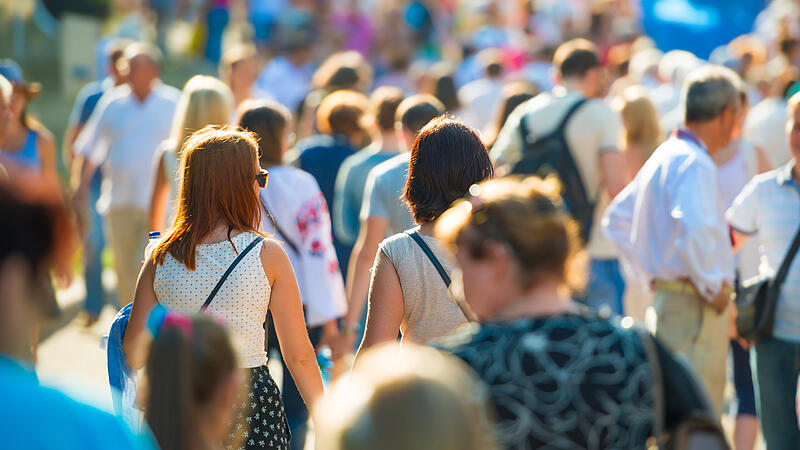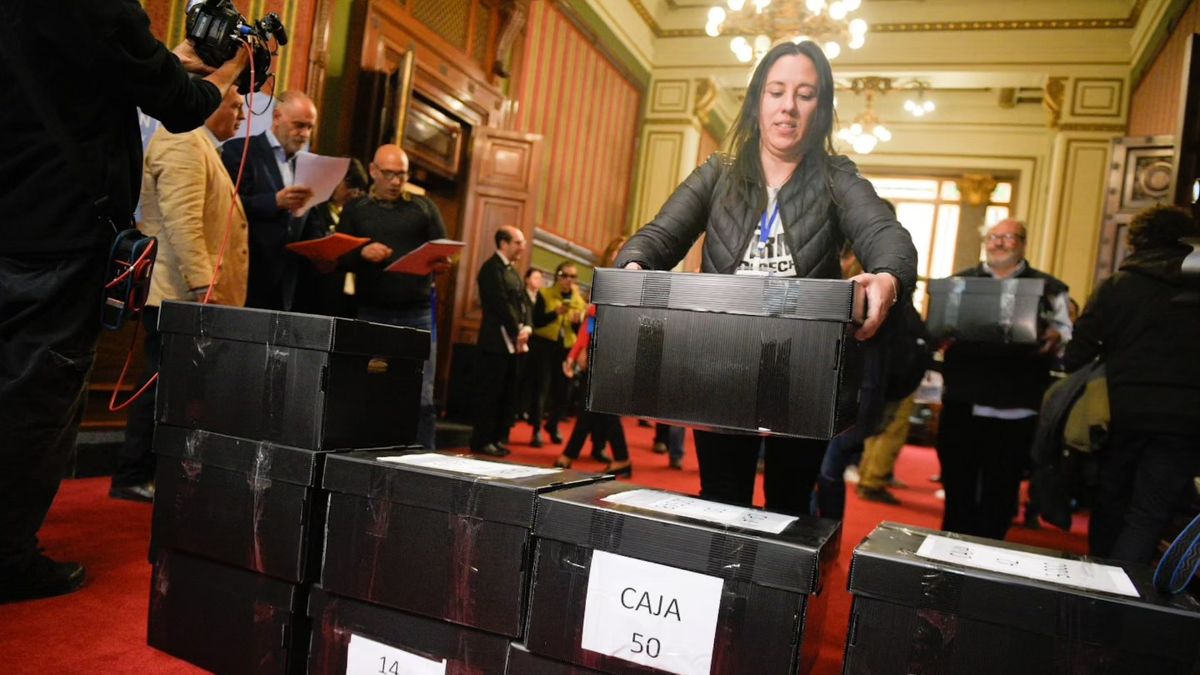Image: Colourbox
According to the final result, 9,104,772 people lived in the country as of January 1, 2023, Statistics Austria announced on Thursday. 67,353 Ukrainian nationals more than a year ago were responsible for the increase. The birth balance, on the other hand, was negative again with 10,705 deaths more than newborns.
“This is the largest increase within a single year since the Second Republic came into existence,” reported Statistics Austria Director General Tobias Thomas. “The population increased solely because of international immigration,” he emphasized. “In 2022, almost 137,000 more people immigrated from abroad than emigrated.” After the Ukrainians who suffered from the Russian war of aggression, 14,127 Syrian and 8,891 German nationals immigrated in net terms (balance of immigration and emigration).
261,937 people had moved to Austria from abroad in the previous year, 124,958 people emigrated from Austria to other countries. Compared to the previous year, net immigration increased by 161 percent. It was thus higher than in the high-immigration year 2015, when there was a balance of plus 113,067 immigrants. On January 1, 2023, a total of 1,729,820 non-Austrian nationals lived in Austria, 143,111 more than a year ago. The proportion of foreign nationals in the total population rose from 17.7 to 19.0 percent. Austrian nationals moved 6,257 more people abroad than to.
Birth balance strongly negative
In 2022, Vienna had the strongest population growth of 2.6 percent, while growth in all other federal states was at least slightly below the Austrian average of 1.4 percent. In Burgenland, Lower Austria, Upper Austria and Vorarlberg, the population increased by 1.2 percent each, in Salzburg and Styria by 1.0 percent and in Tyrol by 0.9 percent. With an increase of 0.8 percent, Carinthia recorded the smallest increase in population in a year-on-year comparison.
“The number of births, on the other hand, fell sharply negative for the third year in a row with a minus of around 10,700 people and dampened population growth a little,” explained Statistics Austria Director General Thomas. A total of 82,627 children were born in 2022, four percent fewer than in 2021. In the same period, 93,332 people died, 1.5 percent more than in the previous year. In relation to the population, this corresponds to a birth rate of 9.1 per thousand and a death rate of 10.3 per thousand. The number of those who died in the first year of life was 202, so the infant mortality rate was 2.4 per thousand.
All federal states recorded falling birth rates in 2022 compared to the previous year: the declines were most pronounced in Vorarlberg (minus 6.7 percent), Tyrol (minus 6.4), in Styria (minus 5.9), in Salzburg (minus 5, 2), Lower Austria (minus 5.0 percent) and in Burgenland (minus 4.4 percent). Lower birth rates than the national average were in Carinthia (minus 3.6 percent), Upper Austria (minus 3.0 percent) and Vienna (minus 1.1 percent). As in previous years, excess births were produced in Vienna (plus 1,101), Tyrol (plus 469), Vorarlberg (plus 353) and Salzburg (plus 120). In the other federal states there were fewer newborns than deaths.
Source: Nachrichten




